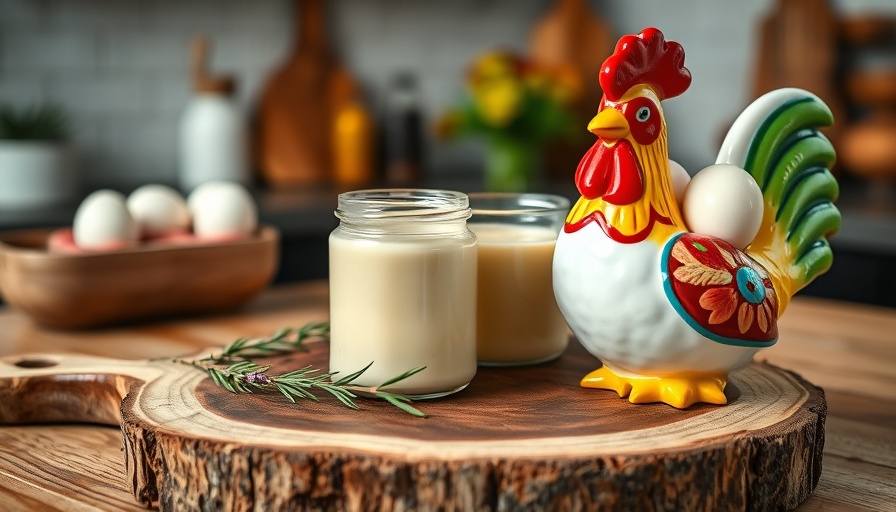
Understanding the Vital Role of Heat Lamps in Chick Development
Raising baby chicks can be both rewarding and challenging. While they may seem small and simple, these birds require specific conditions to thrive. Heat lamps serve as an artificial substitute for the warmth provided by a mother hen. In fact, inadequate heat can lead to significant health problems for developing chicks, and knowing how to effectively use heat lamps is essential for anyone in the poultry industry, from managers to suppliers.
Recommended Temperature Settings and Duration
As chicks mature, their need for heat will decrease. Generally, here’s a proposed temperature schedule to follow:
- 1 Week: 95°F (35°C) - Heat lamp needed full-time.
- 2 Weeks: 90°F (32°C) - Continue full-time heat.
- 3 Weeks: 85°F (29°C) - Reduce lamp height slightly.
- 4 Weeks: 80°F (27°C) - Nighttime heat only if necessary.
- 5 Weeks: 75°F (24°C) - Optional heating based on room temperature.
- 6-8 Weeks: 70°F (21°C) - No heat, provided weather permits.
Following this schedule helps ensure chicks are not just surviving, but thriving in a healthy environment.
Safety Considerations for Heat Lamp Usage
While heat lamps are effective, it's important to prioritize safety. Use infrared heat lamps that provide consistent warmth while being aware of fire risks. Proper positioning—hanging the lamp 18-24 inches above the brooder—ensures safety and comfort. Secure it adequately to avoid accidents.
The Importance of Monitoring and Adjusting Conditions
Regularly check the temperature in the brooder to ensure it remains within the needed range. Monitoring helps to avert stress-induced behaviors or ailments in chicks, leading to a healthier flock and, ultimately, a more successful poultry operation.
In a rapidly changing industry landscape driven by concerns such as animal welfare and effective resource management, attention to the well-being of baby chicks will always yield long-term benefits. For more insights on poultry management or to enhance your operations, consider downloading valuable resources—like our free e-book on egg-laying chickens—to elevate your understanding and capabilities.
 Add Row
Add Row  Add Element
Add Element 



 Add Row
Add Row  Add
Add 
Write A Comment